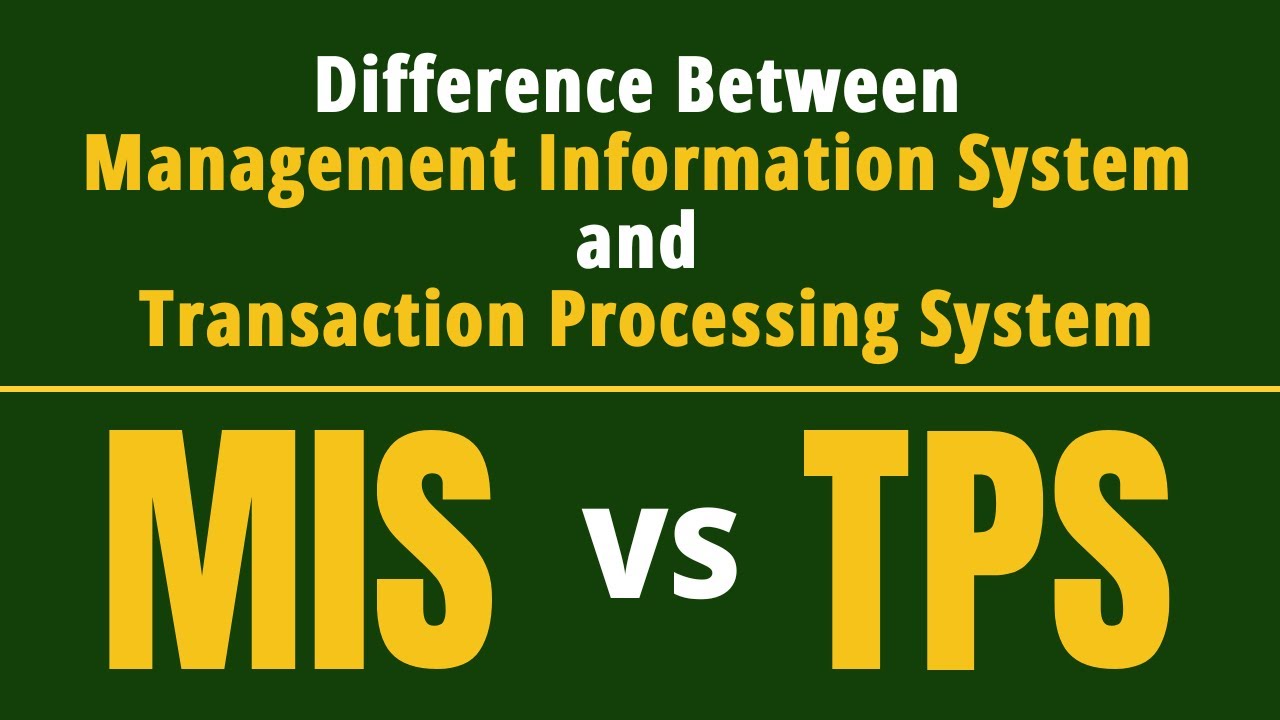#7 Sistem Informasi Akutansi & Keuangan - Pertemuan 7 | Sistem Pemrosesan Transaksi SIA
Summary
TLDRThis video lecture by Arif Setiawan provides an in-depth exploration of transaction processing systems within a manufacturing company. It covers various business processes such as order management, billing, accounts receivable, production scheduling, and warehouse operations. The presentation emphasizes the importance of transaction processing in supporting daily business operations and illustrates how different departments work together to ensure smooth operations. Additionally, the lecture introduces key concepts in accounting, including journal entries, master files, and report generation, offering insights into the structured flow of data and financial management within a company.
Takeaways
- 😀 A transaction processing system supports daily operations in an organization, particularly in manufacturing companies.
- 😀 The flow of transactions includes sales orders, invoicing, accounts receivable, inventory, production, shipping, and payment processes.
- 😀 In manufacturing, if stock is insufficient, production is scheduled to meet the demand of customer orders.
- 😀 The system involves multiple business processes: sales orders, shipping, invoicing, accounts receivable, production, and employee payroll.
- 😀 Transaction data is captured through inputs like sales orders, purchase orders, invoices, and employee attendance records.
- 😀 Journals and registers are used to record transactions, with journals keeping a chronological log of financial transactions and registers for non-financial data.
- 😀 Different types of journals, such as sales journals, purchase journals, and cash receipts/disbursements journals, capture specific transaction types.
- 😀 Financial reports generated from the system include balance sheets, income statements, operational reports, and payment checks.
- 😀 Data storage in the system can be done manually or electronically through organized files like transaction files, master files, and reference files.
- 😀 Despite variations across companies, most organizations follow a similar transaction flow involving customer orders, inventory checks, production, invoicing, and payments.
- 😀 The key objective of the transaction system is to ensure smooth and efficient processing of sales, purchases, and payments, leading to accurate financial accounting and operational tracking.
Q & A
What is the purpose of transaction processing in an organization?
-Transaction processing represents various activities typically carried out by an organization to support its daily operations. It involves managing data related to customer orders, billing, inventory, production, and accounting to ensure smooth operations.
What is the significance of sales orders in transaction processing?
-Sales orders are crucial as they represent the products requested by customers. They initiate the transaction process, which includes inventory checks, billing, and eventually shipping products to the customer.
How does the inventory process work within transaction processing?
-When a sales order is received, the inventory department checks whether the ordered products are available. If not, the production department will be notified to manufacture the required items, ensuring timely order fulfillment.
What role does production scheduling play in transaction processing?
-Production scheduling ensures that manufacturing processes are aligned with delivery timelines. It helps avoid delays in product shipments by ensuring that products are ready before the customer's expected delivery date.
What happens when a company receives a payment from a customer?
-When a customer makes a payment, an account receivable is recorded, which reflects the money owed by the customer. The payment is then processed through the accounting system to update the financial records.
Why is it important to classify business processes in an organization?
-Classifying business processes, such as sales orders, billing, and accounts receivable, helps streamline operations and ensures that every aspect of the transaction is handled efficiently, from order entry to payment collection.
What are the basic components of a transaction processing system?
-A transaction processing system includes three basic components: input (such as customer orders and invoices), processing (where the data is processed), and storage (where transaction data is stored either manually or electronically).
What types of journals are used in transaction processing?
-Various types of journals are used to record different transactions, such as sales journals for recording sales transactions, purchase journals for procurement, and cash receipts and disbursements journals for recording cash transactions.
What is the function of ledgers and files in transaction processing?
-Ledgers and files provide a way to organize and store data. Ledgers summarize accounting transactions, while files are organized collections of transactional and master data that are used for decision-making and reporting.
How are financial reports, like balance sheets and income statements, generated?
-Financial reports such as balance sheets and income statements are generated based on the data processed within the transaction system. These reports provide insights into the financial health of the company, summarizing income, expenses, and overall financial standing.
Outlines

此内容仅限付费用户访问。 请升级后访问。
立即升级Mindmap

此内容仅限付费用户访问。 请升级后访问。
立即升级Keywords

此内容仅限付费用户访问。 请升级后访问。
立即升级Highlights

此内容仅限付费用户访问。 请升级后访问。
立即升级Transcripts

此内容仅限付费用户访问。 请升级后访问。
立即升级浏览更多相关视频

#1 Sistem Informasi Akutansi dan Keuangan - Pertemuan 1 | Konsep Dasar Sistem Informasi

How do Databases work? Understand the internal architecture in simplest way possible!

Management Information System vs Transaction Processing System | Difference between TPS and MIS | 8

#15 Kecerdasan Buatan - Pertemuan15 | Pendekatan Inferensi Sistem Pakar | Artificial Intelligence

Hyperledger Fabric – Transaction Flow

Liquidation of companies | Corporate Accounting | B.com 2nd year | Sem 3
5.0 / 5 (0 votes)
